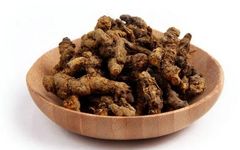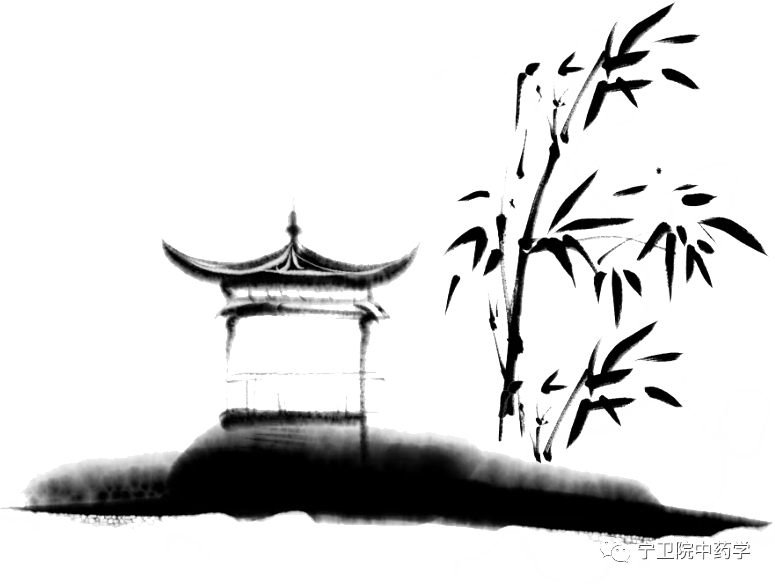
Click the blue text to follow us
Huang Lian
Huang Lian
2023
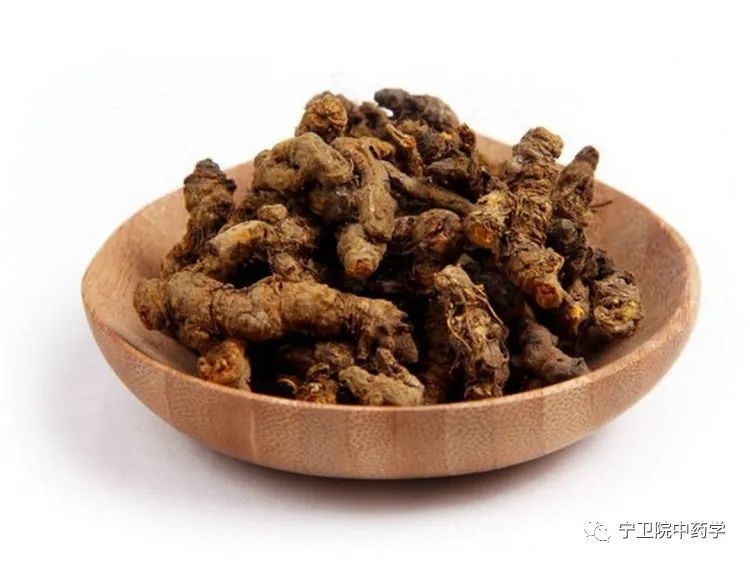
Huang Lian (Coptis chinensis Franch.), a perennial herb of the Ranunculaceae family. The leaves are long-stemmed, thin and leathery, ovate pentagonal, with a heart-shaped base, fully divided lobes with petioles, rhombic ovate middle lobes, deeply pinnately lobed, with small teeth having fine sharp tips; the bracts are narrow and long, pinnately divided; the sepals are yellow-green and lanceolate, while the petals are linear-lanceolate; the fruit is long-oval; it flowers from February to March and bears fruit from April to July. According to the “Compendium of Materia Medica”, it is recorded that “its roots are connected like beads and are yellow in color”, hence the name Huang Lian.
PART/1
Characteristics of Huang Lian
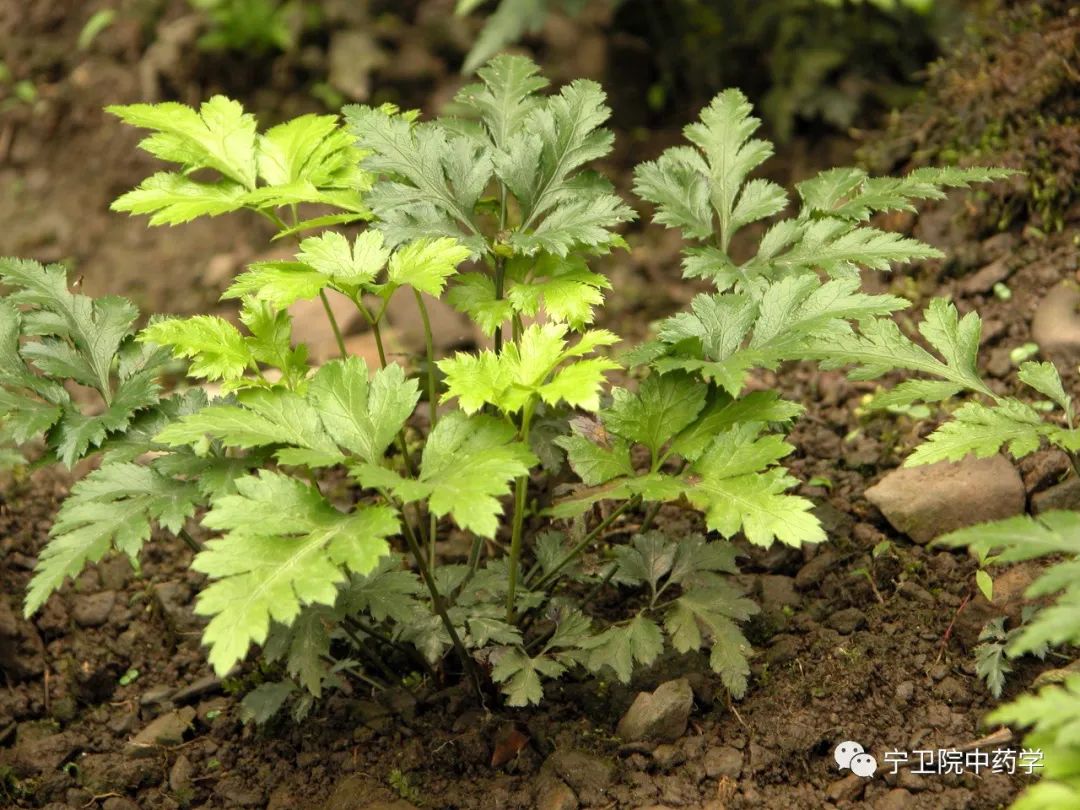
Huang Lian is a perennial herb of the Ranunculaceae family, with a yellow rhizome that often branches and densely grows numerous fibrous roots. The leaves have long petioles; the leaf blades are slightly leathery, ovate-triangular, up to 10 cm wide, fully divided into three lobes, with the central fully divided lobe being rhombic-ovate, 3-8 cm long and 2-4 cm wide, with a sharp tip and a long petiole of 0.8-1.8 cm. It has 3 or 5 pairs of deeply pinnately lobed leaves, with the deepest lobes being 2-6 mm apart, and the edges have fine sharp serrations. The lateral fully divided lobes have long petioles of 1.5-5 mm, are obliquely ovate, shorter than the central fully divided lobe, and have unequal deep lobes. The veins on both sides of the leaves are prominent, and except for the short soft hairs along the veins on the surface, the rest are hairless; the petiole is 5-12 cm long and hairless.
PART/2
Medicinal Parts of Huang Lian
The medicinal part of Huang Lian is typically the rhizome.
PART/3
Effects and Indications of Huang Lian
Effects: Huang Lian is a perennial herb of the Ranunculaceae family, with a yellow rhizome that often branches and densely grows numerous fibrous roots. The leaves have long petioles; the leaf blades are slightly leathery, ovate-triangular, up to 10 cm wide, fully divided into three lobes, with the central fully divided lobe being rhombic-ovate, 3-8 cm long and 2-4 cm wide, with a sharp tip and a long petiole of 0.8-1.8 cm. It has 3 or 5 pairs of deeply pinnately lobed leaves, with the deepest lobes being 2-6 mm apart, and the edges have fine sharp serrations. The lateral fully divided lobes have long petioles of 1.5-5 mm, are obliquely ovate, shorter than the central fully divided lobe, and have unequal deep lobes. The veins on both sides of the leaves are prominent, and except for the short soft hairs along the veins on the surface, the rest are hairless; the petiole is 5-12 cm long and hairless.
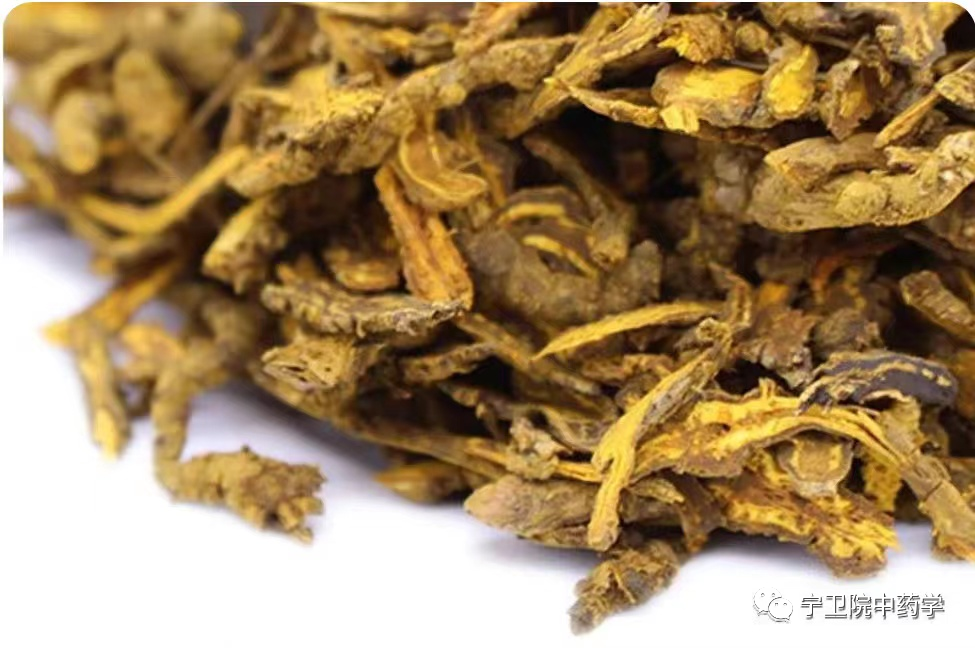
Indications: Clears heat, dries dampness, detoxifies, and kills parasites. It is used for epidemic heat toxins, febrile diseases, excessive heat causing irritability, fullness and nausea, bacterial dysentery, heat diarrhea with abdominal pain, lung abscess, vomiting, nosebleeds, hematochezia, diabetes, malnutrition, ascariasis, whooping cough, sore throat, eye inflammation, oral ulcers, carbuncles and furuncles, eczema, and burns.
PART/4
Preparation of Huang Lian
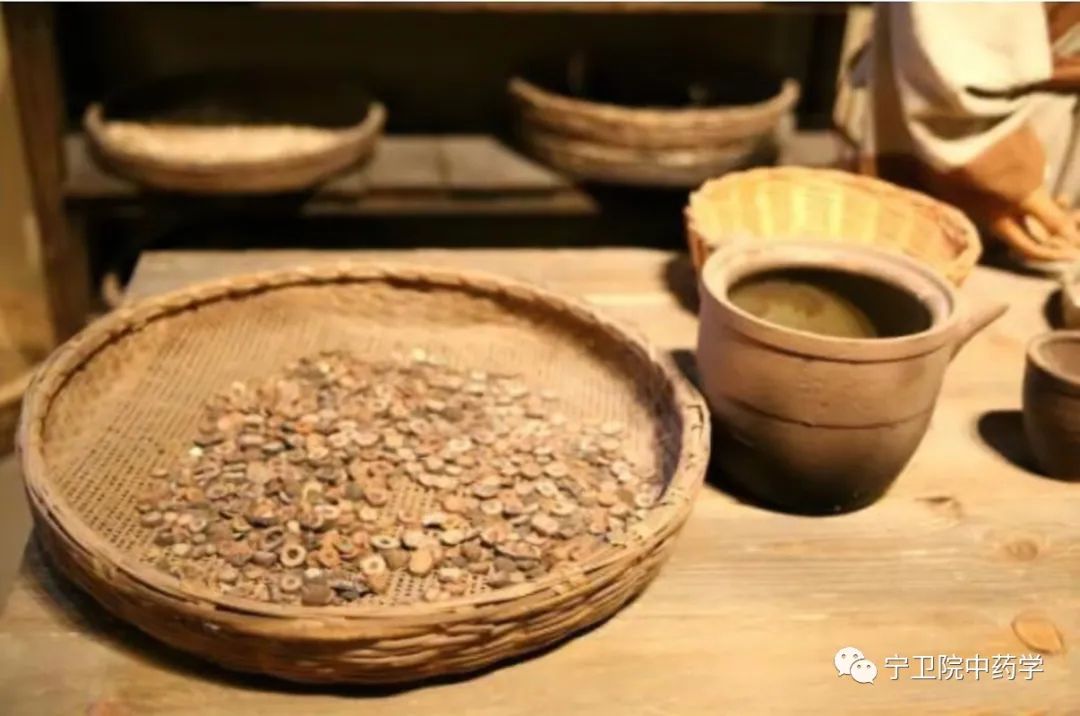
1. Cutting: Clean and remove impurities. After soaking, cut into thin slices, dry, or crush when needed.
2. Wine preparation: Take clean Huang Lian, mix with wine, steam until fully soaked, then stir-fry in a pot over low heat until dry, cool down. For every 100 kg of Huang Lian, use 12.5 kg of yellow wine.
3. Ginger preparation: Take clean Huang Lian, mix with ginger juice, stir-fry in a pot over low heat until dry, cool down. For every 100 kg of Huang Lian, use 12.5 kg of fresh ginger.
4. Wu Yao preparation: Take Wu Yao (Evodia rutaecarpa) and boil with an appropriate amount of water, mix the decoction with clean Huang Lian, stir-fry until the liquid is absorbed, then dry and cool down. For every 100 kg of Huang Lian, use 10 kg of Wu Yao.
5. Stir-frying: Place Huang Lian in a hot pan and stir-fry over low heat until it turns a deep yellow.
6. Carbonization: Stir-fry Huang Lian over high heat until the outside turns black, spray with water to extinguish the embers, and dry.
7. Vinegar preparation: Soak Huang Lian in water, cut into slices, or mix whole pieces with vinegar until the vinegar penetrates, then dry and lightly stir-fry. For every 500 g of Huang Lian, use 93 g of vinegar.
8. Salt preparation: Soak Huang Lian in salt water, stir-fry over low heat until slightly darker, cool down. For every 500 g of Huang Lian, use 6 g of salt and an appropriate amount of water. Alternatively, stir-fry Huang Lian until slightly discolored, then spray with salt water. For every 500 g of Huang Lian, use 15 g of salt and an appropriate amount of water.
9. Bile preparation: Take pig bile, chop it, extract the juice, and mix with Huang Lian slices to stir-fry until done. For every 500 g of Huang Lian, use 5 pig gallbladders.
Mu Li San
Mu Li San contains Huang Qi (Astragalus membranaceus), floating wheat, and the root of Ephedra, which are most suitable.
For spontaneous sweating and night sweats due to heart fluid deficiency, it effectively consolidates the exterior and restrains sweating.

Editor: Hu Linrui
Editor-in-chief: Dai Chenyang
Guidance: You Weijing, Xu Wan
Technical: Ning Weibin, Materia Medica New Media Department

